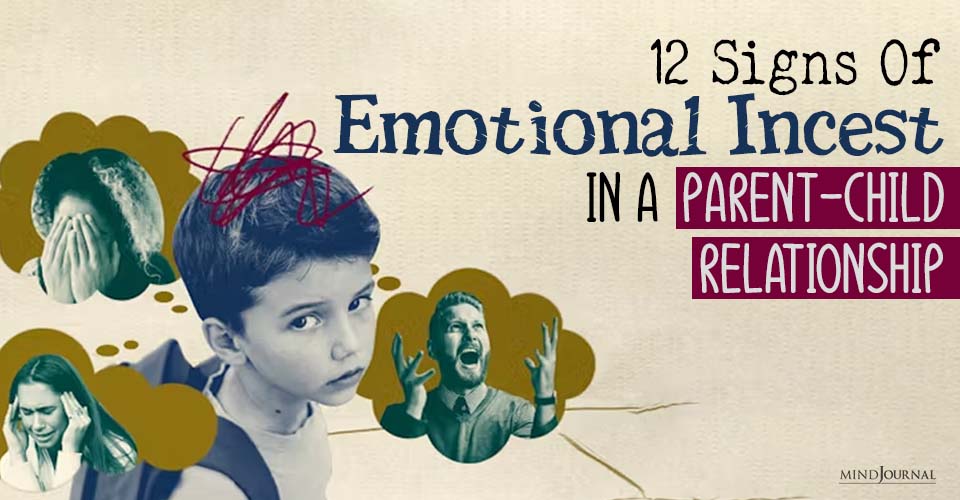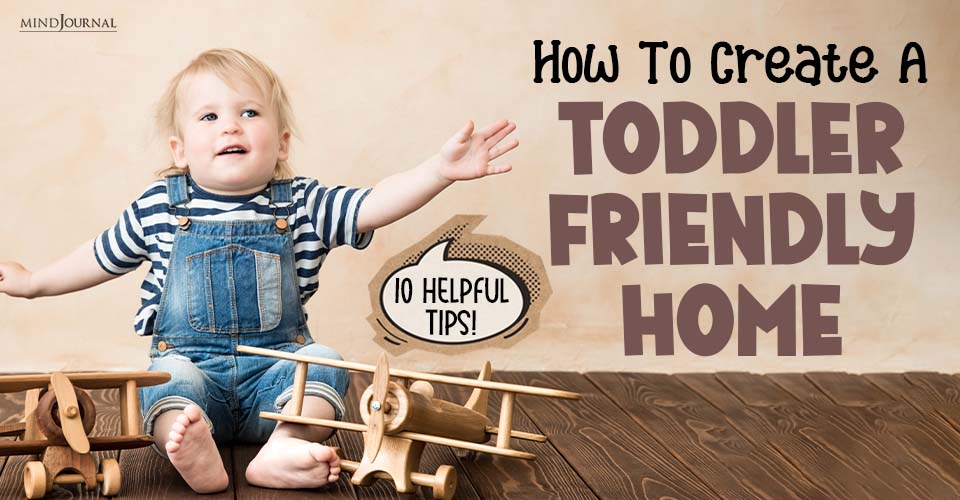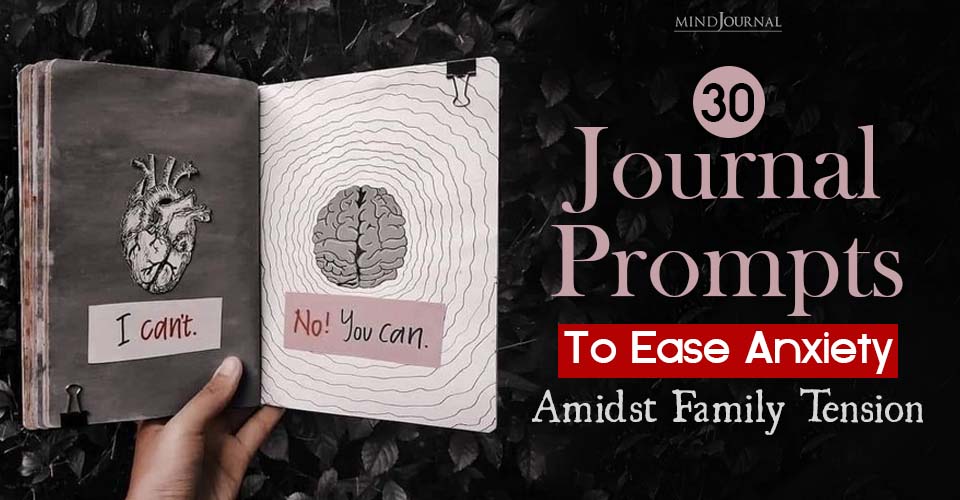This is how you can build strong family connections through love languages.
When I arrived at the Minneapolis-St. Paul International Airport, I grabbed a taxi. When the male cab driver loaded my roller bag into the trunk of his car, I noticed a Muslim prayer rug on the floor.
As we drove away from the terminal, he asked me where I needed to go. I told him the name of my hotel.
My driver asked me where I’d arrived from. I told him. I detected a foreign accent in his English and asked him how long he’d lived in the Twin Cities. He explained he’d come to the United States from Somalia about twelve years prior to getting away from the country’s civil war.
“The world needs peace,” he said.
“As-salāmu ʿalaykum,” I replied. It’s an Arabic greeting Muslims often use when greeting each other.
I saw his eyes light up from the reflection in the rearview mirror. “Are you Muslim?” he asked.
I explained that I was not, but that I had learned the greeting from the Muslim family that lived next door to me.
Using language to which my driver felt emotionally connected instantly brought us closer. He became more talkative, and we had an enjoyable conversation for the remainder of my ride to the hotel.
Read How Improving Relationships with Older Family Members Can Boost Your Well-Being
Learning love languages
We build stronger connections with the people around us when we speak in words that arouse positive emotions. Several years ago, Dr. Gary Chapman, a church pastor, and marriage counselor developed this concept into his bestselling book The 5 Love Languages: The Secret to Love that Lasts.
Chapman proposed that every individual has a primary and secondary love language and that each love language represents the avenue of emotional connection they prefer.
According to Chapman, the five love languages are:
- Words of affirmation
- Acts of service
- Receiving gifts
- Quality time
- Receiving touch
While Chapman’s model of love languages hasn’t been validated by research, many couples and families find it a useful tool for making emotional connections that build mutual trust and appreciation. Further, it is a useful complement to Dr. John Gottman’s concept of Love Maps, developed over 40 years of rigorous research on what makes marriages work.
In his book The 7 Principles for Making Marriage Work, Gottman describes a Love Map as the part of the brain where spouses store all the relevant information they have gathered about one another, ranging from the important stuff (like their belief systems) to the more mundane (like their favorite foods).
Relevant information for Love Maps also includes details about what makes the other person feel good. Parents can also create Love Maps for their children.
Knowing your spouse or child resonates with specific love languages provides a valuable insight into their emotional world, and is a worthwhile addition to your Love Maps for that person.
But how do you figure out your partner’s or child’s love language? Listening to and observing how they respond to specific actions can reveal their love language.
For example, if your spouse or child often asks for hugs and wants to cuddle or sit in your lap, you can bet that receiving touch is a primary or secondary love language for them. Does their face light up when you compliment them? Then chances are words of affirmation is their love language.
To identify your own love language, Chapman makes it simple by offering a free assessment for adults and for children.
Read The 5 Love Languages: How To Love and Be Loved
Speaking love languages
One you’ve added your spouse’s or child’s love language to your Love Maps for them, the next step is to practice speaking it.
In my family, my wife’s primary and secondary love languages are quality time and acts of service. When I take the time to work alongside her in her vegetable garden, she couldn’t feel more loved.
My son’s and my own primary love language is receiving gifts. The arrival and opening of a parcel delivered by UPS or FedEx is a highlight in our day—especially if it was ordered by someone else and has one of our names on it!
My daughter, on the other hand, responds to words of affirmation—especially compliments on her amazing pencil drawings.
While discovering and speaking love languages can add important detail to each other’s Love Maps, it can also build stronger emotional connections and be a fun, mutually rewarding activity for couples, parents, and children alike.
Read How Improving Relationships with Older Family Members Can Boost Your Well-Being
By Jon Beaty










Leave a Reply